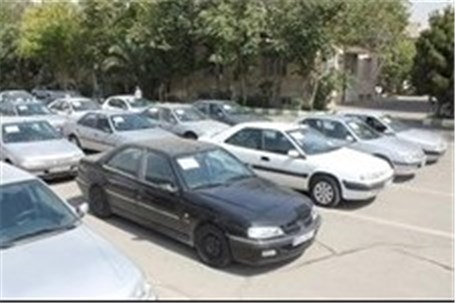Impact of Iran deal on the automotive market
Asre Khodro: Even at a time when Iran’s economy was tied up with economic sanctions that limited its international trade capacities, Iran managed to sell close to a million vehicles – ۸۶۰,۰۰۰ passenger vehicles and ۱۲۵,۰۰۰ light commercial vehicles – in ۲۰۱۴, enforce Euro IV norms in eight cities and convert all public cars into Compressed Natural Gas (CNG) compliant vehicles.
جمعه ۰۹ مرداد ۱۳۹۴ - ۱۷:۲۵:۰۰
Reporting "Asre Khodro", In addition, it successfully implemented a vehicle scrappage programme to get very old, high-polluting vehicles off the streets.
The prospect of such a country opening up to trade, giving opportunities for global automotive companies to be a part of its growth story, is certainly reason to cheer.
Frost & Sullivan estimates it will take about six months for Iran to be business ready, now that a deal has been agreed upon.
Within this timeframe, the US Congress needs to approve the deal and Iran must start implementing its commitments for the International Atomic Energy Agency (IAEA) to verify the country's compliance.
Passenger vehicles sales will experience a slowdown as customers prefer to delay their purchase in anticipation of new models and increased market competitiveness that would give better value for money.
This will happen even as existing manufacturers try to increase sales before other foreign companies increase their presence; some Chinese brands have even marked off up to 20% of their listed price to woo customers.
Frost & Sullivan estimates that once the market opens, it will take about 18 months for the automotive business to see high growth as Original Equipment Manufacturers (OEMS) will have high inventory stock and buyers continue to wait for new marques and models.
Greater collaboration is expected between Iranian and American, European, and Asian companies, as they will integrate to gain market presence in the country.
Chinese OEMs that have filled the void left by European companies’ exit in 2012 will continue to put up a fierce competition to gain market share.
With over 11 million vehicles on the road, and about a million new vehicles sold every year, Iran makes for a sizable business opportunity that only a few other countries can provide.
It offers various avenues of growth for vehicle manufacturers, suppliers, retail, and mobility service providers.
Iran has a high literacy rate of 87% and a high internet penetration rate of 57%, but there have been no significant participants in mobility services such as e-hailing or car sharing. This is estimated to lead the way for telematics-based software such as Taxi Dispatch Solution Systems, GPS Tracking, Electronic Toll Collection, and Traffic Data Collection.
Differentiators through digitalisation of retail stores and dealer management software to manage the dealership network will bring the focus on services as well.
Now that Iran is finally at the crux of opening up for business again, the country is truly the largest untapped automotive market with high domestic demand, low labour costs, low energy costs, and scope for many regional markets it can export to.
However, the attractiveness of the market is also determined by the Iranian Government’s efforts to ease regulations to facilitate business in Iran and its efforts to improve relations with other countries.
Source: arabianindustry.com

